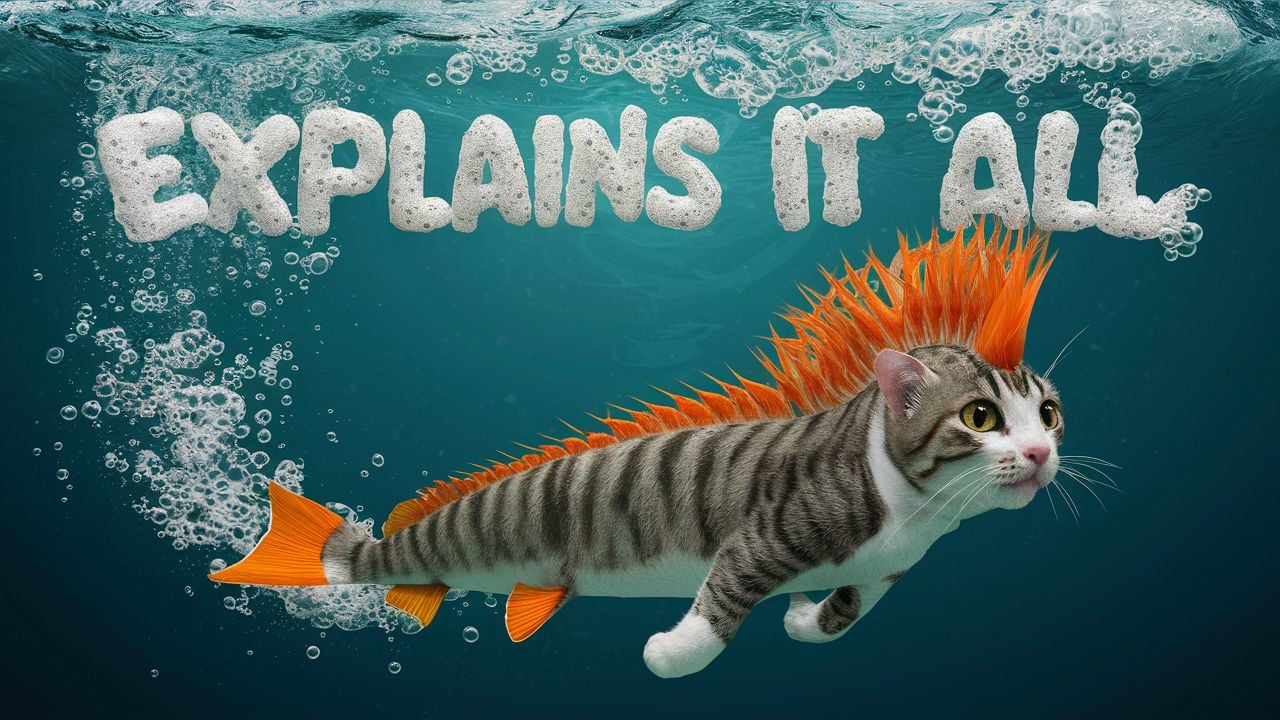The Dark Side of Modeling
Fashion's Cultural Appropriation Problem [Pre-J.1]
The Dark Side of Modeling
With its estimated annual revenue of $1.5 billion in the US and the global fashion industry valued at over $2.5 trillion, the industry offers significant financial potential.
Race: Cultural Appropriation-
The fashion industry often appropriates Native designs, fashions, and imagery without attribution. People interacting with the items have no context for the original intention. Aspects of many cultures may be blended together. Companies or people with no affiliation profit from this appropriation.
The “It’s Not A Costume: Modern Seminole Patchwork” exhibit, originally on exhibit from December 2014-November 2015, was co-curated by artist Jessica Osceola (Seminole) and former Curator of Exhibits Rebecca Fell of the Ah-Tah-Thi-Ki Museum. This exhibit explores the concept of design appropriation of Seminole patchwork. According to the online exhibit, theft of tribal designs are “hurting tribal arts, artists, and more importantly the identity of the tribal people.” Not only does it undermine their sovereign right to their own cultural practices, this theft also profits off of their labor without compensation or attribution. “For the Seminoles” the online exhibit reads “the patchwork design is diluted and becomes less meaningful when others wear or create it without an understanding of its history.”
brands continue to mine Native culture under the guise that they are trying to honor it. In reality, it's exploitative and damaging.
I tried to put together my own definition of this complex topic: Appropriation is a privileged or out-group or individual using an item or its likeness, without permission of the item’s (marginalized) origin/in-group, nationality, ethnicity, tribe, clan, etc... The symbols are often used in a disperate or disrespectful manner from that which they were intended and practiced by the in-group. Elements of culture, religion, ceremony, and heritage are parsed out and stripped of their historical meaning and value, in order to entertain or benefit an unrelated individual or corporation. The following is not required to be considered appropriation, but especially when the item/symbol used is making money for an unrelated group or entity without benefitting the origin nationality, tribe, ethnicity, or clan. Here are more of my thoughts on the matter:
Native American culture isn’t a monolith. Currently, there are 574 federally recognized tribes in the United States. Many more tribes or bands are not state or federally recognized. Like many cultures, these tribes are not all the same. Tribes in different regions can have significantly different practices, clothing styles, and language from a tribe from a different part of the country.
One harmful effect of the normalization of cultural appropriation is ignorance of these differences. By buying an “Indian” costume to wear for Halloween, you are participating in the erasure of many vibrant cultures and practices. Many non-natives are ignorant of Native cultural practices, or even that these cultural practices still exist at all. To often not even have a seat at the table and yet still have aspects of your culture taken and exploited for other’s gain can be extremely damaging.
Formally defined as the use of a culture’s symbols, artifacts, genres, rituals, or technologies by members of another culture. Cultural appropriation can be placed into 4 categories: exchange, dominance, exploitation, and transculturation.
Exploitation-
The term ‘cultural appropriation’ has made it out of academia and into public discourse. When you hear about cultural appropriation today, it is most likely exploitation. It is “the appropriation of elements of a subordinate culture without substantive reciprocity, permission, and/or compensation” (Rodgers 2006). Someone from another culture takes elements of a subordinate, marginalized, or colonized culture. Power dynamics also come into play. Traits of the subordinate culture are “cherry picked” by someone of a dominant culture. Often, the appropriation serves to reinforce the established power dynamic and ends up harming the marginalized culture.
Dominance-
Appropriation is defined as taking something from a less-dominant culture in a way its members find undesirable and offensive – so that its heritage is misused by those in a position of privilege. This is different to a marginalized group adopting something from a dominant culture in a process of assimilation.
Transculturation-
This form involves taking and combining elements of multiple cultures, making it difficult to identify and credit the original source.
Exchange-
The most important part of cultural exchange – and what best distinguishes it from appropriation is that exchange is mutual. Through appreciation and exchange, you are able to share something about yourself, learn something about someone else, and partake in a mutual understanding of one another’s background and culture. Think about: Am I equally interested in sharing a piece of my own language, food, customs, and traditions?
Sources:



